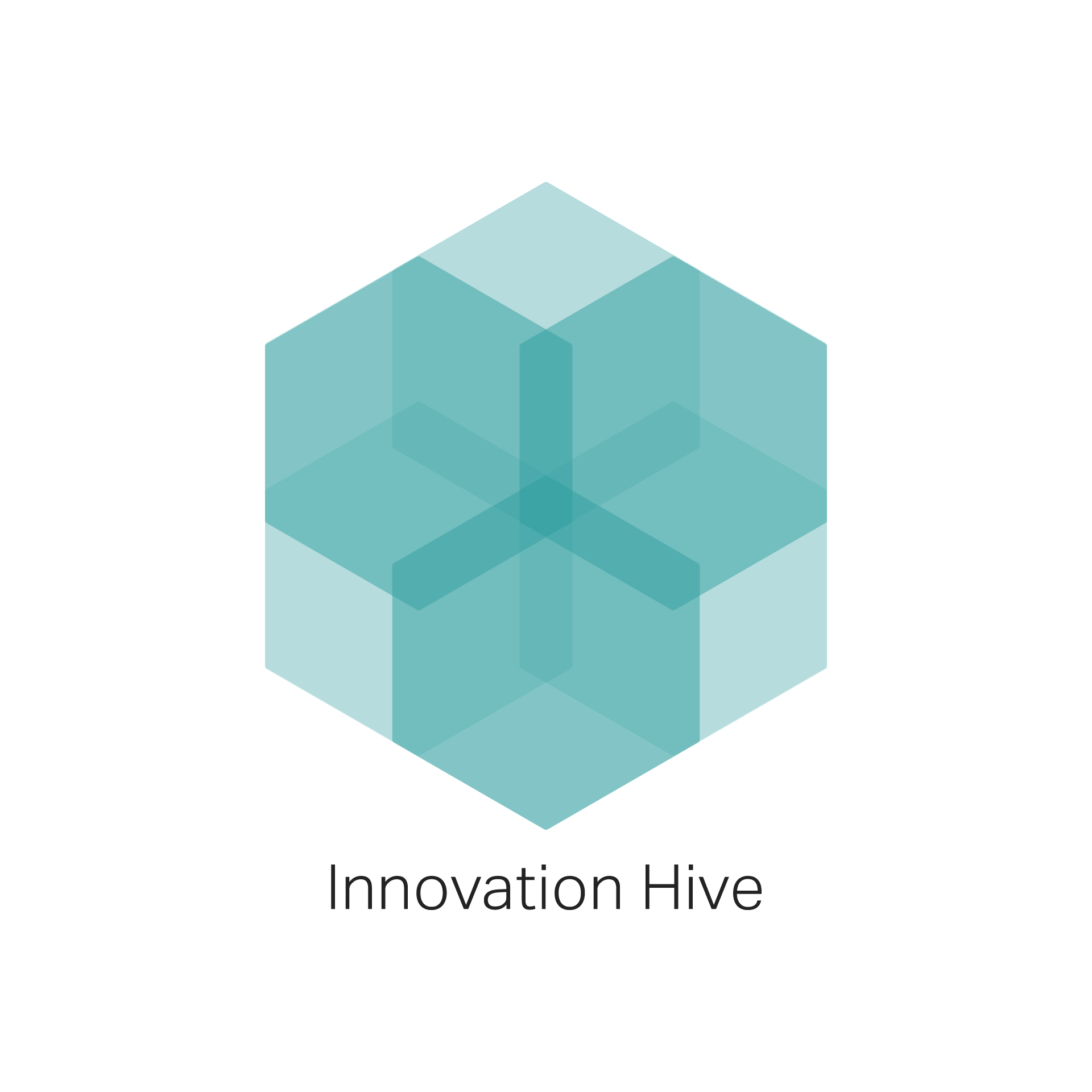Industry 4.0, the current phase of industrial development, is characterized by the integration of advanced technologies such as artificial intelligence, the Internet of Things, and robotics into manufacturing processes. This has led to significant improvements in efficiency, productivity, and competitiveness. However, as the world moves towards Industry 5.0, which emphasizes the integration of human intelligence and creativity with these technologies, Europe is facing several gaps that may impede its progress.
One of the key gaps in Europe’s transformation to Industry 5.0 is the lack of a coherent strategy. While many European countries have developed their own Industry 4.0 strategies, there is a lack of coordination and collaboration at the EU level. This makes it difficult to leverage the collective strengths of European countries and to promote a cohesive vision for Industry 5.0.
Another challenge is the lack of investment in research and development. While Europe has a strong tradition of research and innovation, there is a need for more investment in cutting-edge technologies and for creating a supportive environment for start-ups and small and medium-sized enterprises. This will be critical in developing the technologies and solutions needed for Industry 5.0.
A further gap is the shortage of digital skills and talent. The rapid pace of technological change means that the demand for skilled workers is constantly evolving. To ensure a smooth transition to Industry 5.0, Europe needs to invest in education and training programs that focus on developing the skills and competencies needed for the digital economy.
Another challenge is the need for more collaboration between industry and academia. While there are many academic institutions that are conducting cutting-edge research in areas such as artificial intelligence and robotics, there is a need for closer collaboration between these institutions and industry to ensure that research is aligned with business needs.
Finally, Europe needs to address the ethical and social implications of Industry 5.0. As machines become more intelligent and autonomous, there is a risk that they may replace human workers in certain industries. This could lead to significant social and economic disruption, and Europe needs to develop policies and regulations that address these challenges.
In conclusion, Europe faces several gaps in its transformation to Industry 5.0. The Evolve 5.0 project addresses these challenges, there is a need for a coherent strategy at the EU level, more investment in research and development, the development of digital skills and talent, closer collaboration between industry and academia, and a focus on the ethical and social implications of Industry 5.0. By addressing these challenges, Europe can ensure that it remains competitive and innovative in the digital economy.



